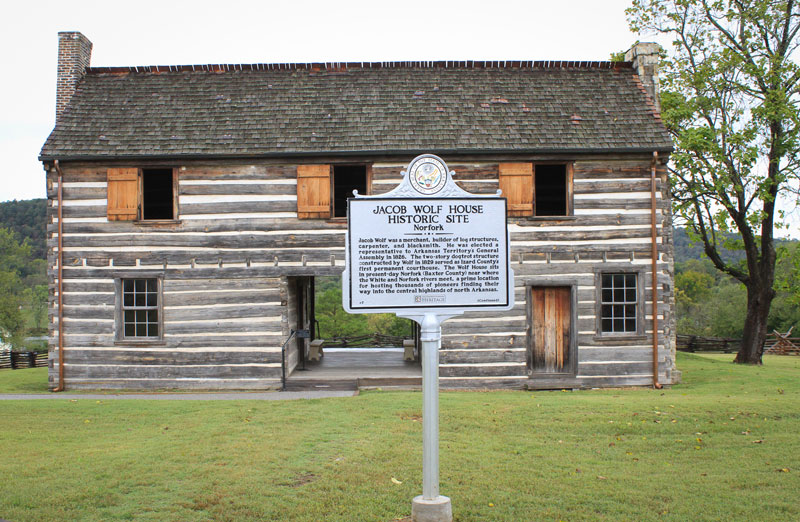Arkansas Historical Marker Program Grants
Apply For A Historical Marker
General Marker Criteria
- In order for a historic person, place and event to be eligible for marker commemoration, the significance must have been attained at least 50 years ago. There are exceptions if the person, place or event is of extraordinary historical significance.
- No living person shall be commemorated.
- Markers must be sponsored by civic groups and organizations (Chamber of Commerce, historical societies, etc.) partnering with individuals. Individuals, including private property owners who wish to apply for a marker to commemorate an event or
person pertaining to their land, cannot solely sponsor a marker.
- The application must go through the proper approval process as stated below with the Historical Marker Program Review Committee having the final approval on marker eligibility and text.
- The marker’s proposed location must be identified with a photograph and a map including cross streets, a north arrow, visitor parking and GPS coordinates if applicable.
- Markers are the property of the State of Arkansas.
- All markers are manufactured by a vendor selected by the Division of Arkansas Heritage. The markers have the approximate dimensions of 42” wide x 30” high with a 7’ post and 1“ lettering and a uniform design preselected
by the Department of Arkansas Heritage. Text is on both sides of the marker and can be the same text on each side or different text on each panel if a longer story is to be told.
- Cost of the marker is split 50/50 between the sponsor and the Division of Arkansas Heritage. Additionally, a maintenance fee will be added to the total cost in order to supplement future repairs or replacement if the marker is damaged or destroyed.
Regular maintenance of the marker, such as cutting the grass around marker, is the responsibility of the sponsor.
- Installation of the marker is the responsibility of the sponsor. The sponsor must have the location approved by the landowner and/or local or county public works and gain the proper permits if necessary. If the marker is to be installed by the
Arkansas Department of Transportation, then see which district engineer to contact provided through the link on the application.
- Please notify the Historical Marker Program Coordinator when planning your dedication ceremony. The Division of Arkansas Heritage will promote the celebration and assist with unveiling the marker.


Applicants Must Provide Documented Marker Facts
- Each application must be supported by primary sources such as letters and diaries, deeds, census records, tax records, court records, contemporary newspaper accounts, photographs.
- Primary sources may be supplemented with secondary sources including National Register of Historic Places or Arkansas Register of Historic Places nomination forms, county histories, biographies, and reports of cultural resource investigations and archaeological investigations. The Program Review Committee determines if the secondary sources submitted are acceptable.
- Please upload these documents to the application site or mail only copies of your primary and secondary documents, as these submitted materials will not be returned. Label each copy with the number of the fact documented and the complete citation
(see citation requirements below). If copies are made from microfilm, include the roll number in the citation. If you have any questions regarding documentation or how to cite a source, contact the Historical Marker Program Coordinator.
Types Of Citations
- Book—author, title, publisher, publisher city and state, date published, page number.
- Newspaper—name of newspaper, name of article, author (if given), date, page number.
- Journal article—name of journal, name of article, author, volume and number, month, year, page number.
- Letter—name of writer and who the letter was written to, date the letter was written, the name of the collection, the name of the college, library, museum, etc. where the collection is located.
- Manuscript—name of the writer/creator, date, the name of the collection, the name of the college, library, museum, etc. where the collection is located.
- Government record—name and type of record (tax, deed, census, etc.), date, book and page number (if applicable), the name of the courthouse, college, library, museum, etc. where the documents are located.
